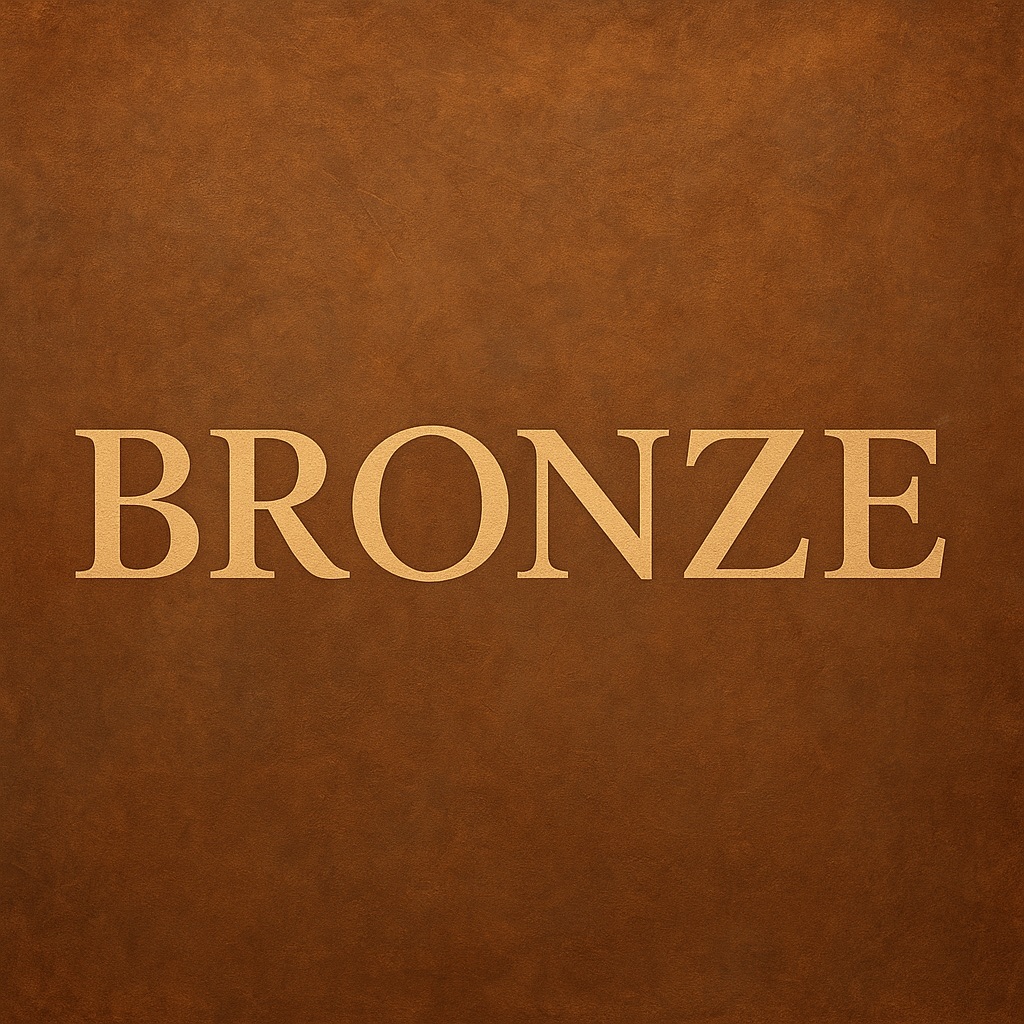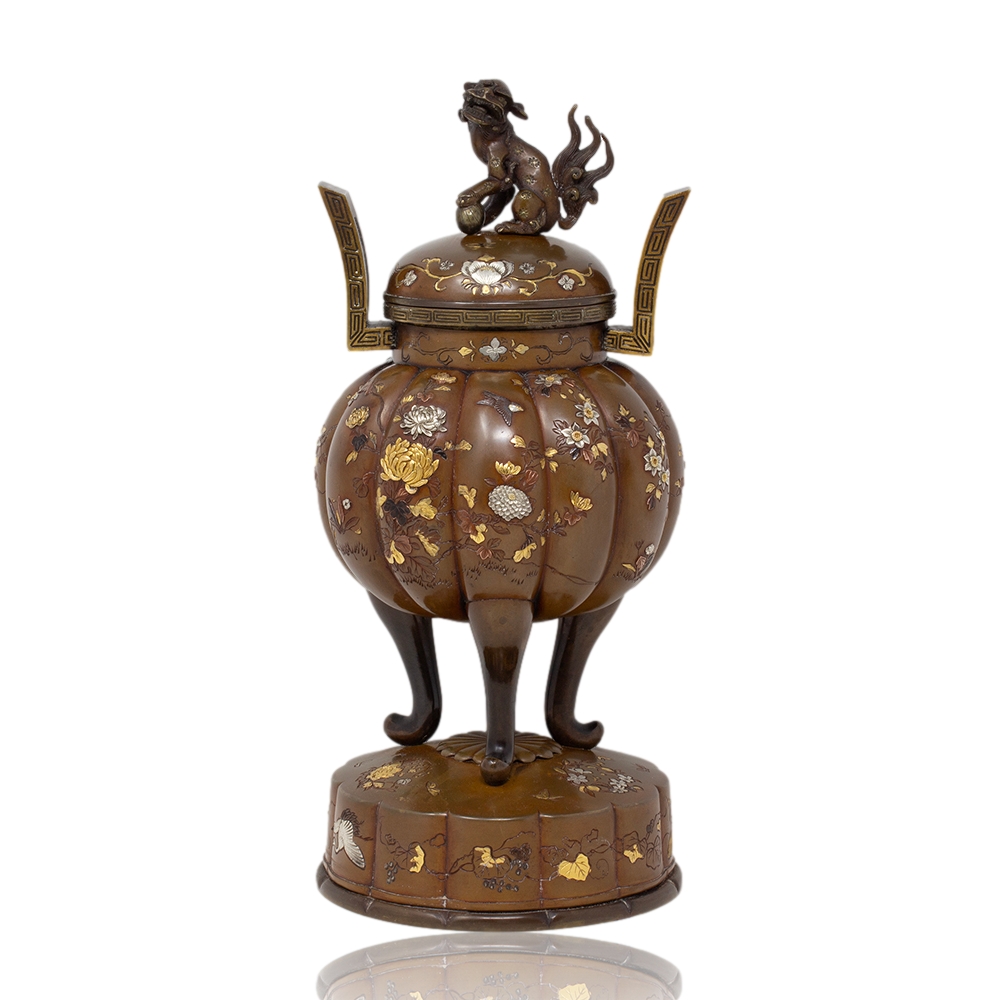
Bronze Sculpture: History, Composition, and Casting Techniques
September 21st 2022
From the Bronze Age to Modern Sculpture:
The Story of Bronze
A Breakdown of Bronze
Bronze is one of the most important materials in the history of art and design. Used for over 6000 years, it has shaped weapons, tools, coins, and above all sculpture. While marble is often associated with classical art, bronze is far more versatile. It can capture fine detail, expand slightly to fill moulds during casting, and develop rich surface patinas that give each piece its own character.
The earliest known bronze objects date to around 4500 BCE, discovered at an archaeological site in Serbia. Since then, cultures across the world have adopted bronze for both practical and artistic purposes, from ritual vessels in ancient China to monumental statues in Greece and Rome. Its unique qualities have made it a material of choice for sculptors through to the modern day.
Grand Tour Bronze Mithras Slaying The Bull after the antique, an ancient subject still recognised today
available in our bronze sculpture collection at jacksons antique
What is Bronze?
Bronze is an alloy made primarily of copper and tin, usually 88% copper to 12% tin in modern times. Ancient bronze varied in composition, often containing zinc, lead, nickel, or even silver, as artisans used available metals. This alloy is prized for its durability, resistance to corrosion, and ability to form a natural patina, the green or brown surface layer that develops with age.
The Properties of Bronze
- Durability – stronger and less brittle than iron.
- Patination – surface oxidation that creates unique finishes.
- Low friction – ideal for tools, bearings, and cannons.
- Non-sparking – useful for tools in hazardous environments.
- Versatility – easily cast, hammered, or shaped.
A Brief History of Bronze
- Bronze Age (c. 3500 BCE), the first major alloy to transform tools, weapons, and art.
- Ancient Civilisations, Greek bronzes like the Charioteer of Delphi and Boxer at Rest remain icons of artistry and technical skill.
- Asia, Chinese ritual bronzes of the Shang and Zhou dynasties, and later Indian Chola bronzes, show bronze’s global importance.
- Modern Times, bronze continues in use for sculpture, coins, medals, and industrial applications.
Japanese Bronze and Mixed Metals Koro by Kumagai from the Meiji Period available in our japanese antique collection at jacksons antique
Bronze Casting Methods
Lost Wax Casting (Cire Perdue)
The most famous and intricate method. Wax models are replaced by molten bronze inside a ceramic shell, capturing even the finest detail. This method has been used for over 6,000 years.
Sand Casting
A simpler process where patterns are pressed into sand moulds. Often used for functional bronze items like tools or vessels.
Both methods allow artists to create everything from small figurines to monumental statues.
Cold-Painting Bronze Sculptures
One of the most distinctive finishing techniques for bronze emerged in Vienna at the end of the 19th century, led by the renowned founder Franz Xaver Bergmann (1861 to 1936). Known as cold painting, this method involved applying several layers of lead-based dust paint directly onto the bronze surface. Unlike enamel, which requires firing to bond to the metal, cold painting set without heat, allowing artists to create rich colour effects and delicate detailing. This technique gave bronzes a lifelike quality and made them particularly appealing to collectors of decorative art.
Extremely Rare Austrian Cold Painted Bronze Galleon Lamp by Franz Bergman
available in our collection at jacksons antique
Why Use Bronze
Bronze is one of the most versatile and enduring materials in the history of sculpture. Compared with marble, which is dense and slow to work, bronze is strong yet highly workable, giving artists greater freedom to create complex forms. The casting process can also be repeated, meaning that multiple editions of a work can be produced or large-scale commissions completed more efficiently.
Another advantage of bronze lies in its ability to take on a variety of finishes. Through natural patination, gilding, or cold-painting, each piece could be given a unique surface appearance. This flexibility, combined with durability and fine detail captured during casting, has ensured that bronze has remained the preferred medium for sculptors across cultures and centuries.
Bronze in Art and Culture
- Mirrors, used long before flat glass was possible.
- Coins and Medals, most “copper” coins are bronze alloys.
- Architecture, fountains, doors, and decorative fittings.
- Sculpture, from Ancient Greece to modern foundries, bronze remains the premier medium for artists.
Conclusion
For thousands of years, bronze has shaped human history, from weapons and tools to some of the world’s greatest works of art. Its strength, versatility, and unique beauty ensure it continues to be a cornerstone of sculpture and design today.

Owner at Jacksons Antique
I am a specialist dealer in fine antiques, curating beautiful objects for the luxury market through my bespoke online shop, Jacksons Antique, with a strong focus on Japanese antiques and European works of art. As part of a new generation of online antique dealers, I bring over 10 years of experience in the industry, working exclusively online and at select exhibitions. Trust and transparency are at the heart of my business, ensuring clients can buy with complete confidence. I consider myself fortunate to handle some of the most exquisite objects ever created and to share them with a global audience while proudly helping to bring a younger perspective to the world of antiques.
DECORATIVE | JAPANESE | FINEST OBJECTS




